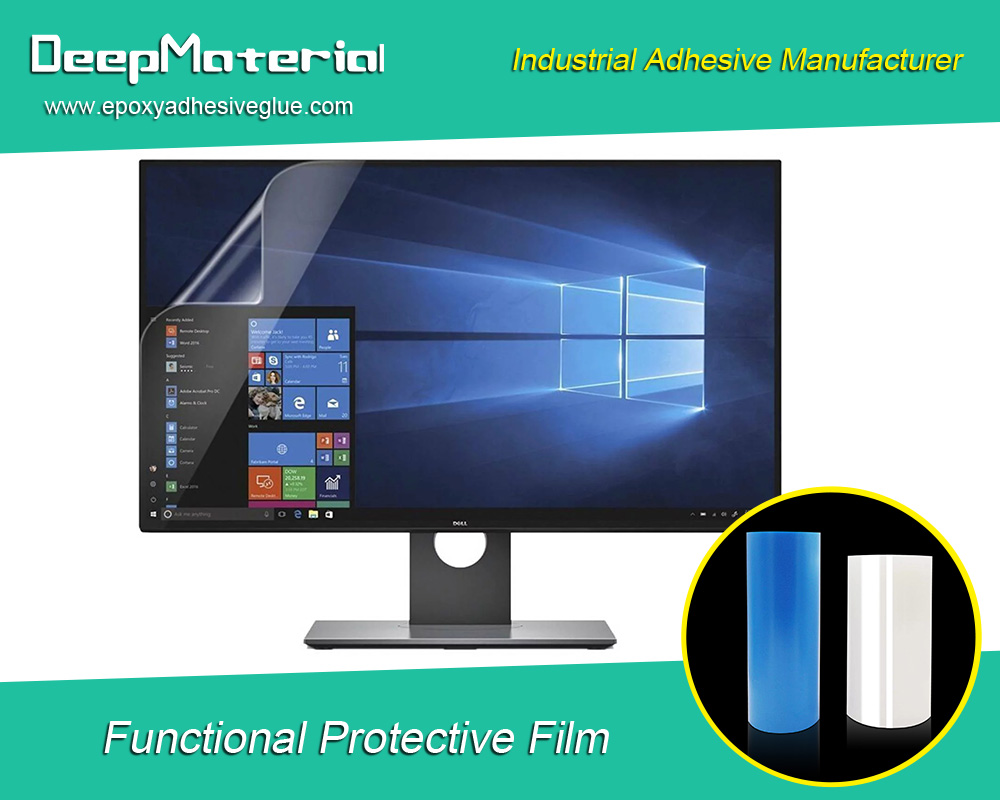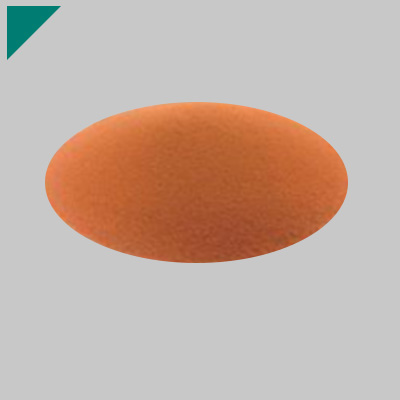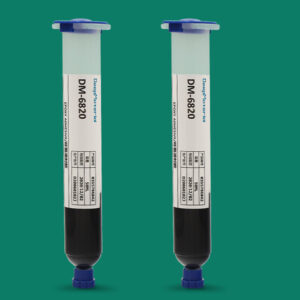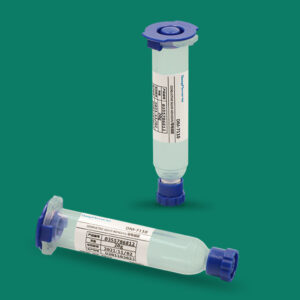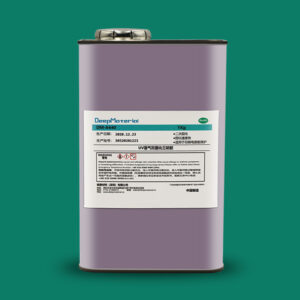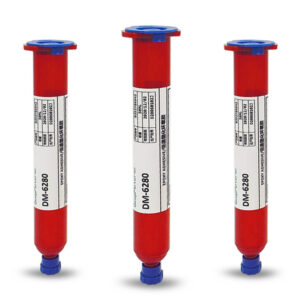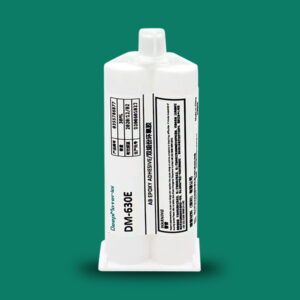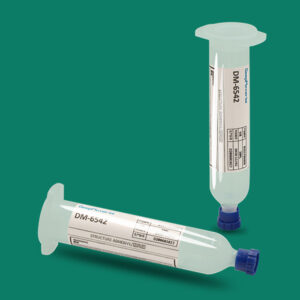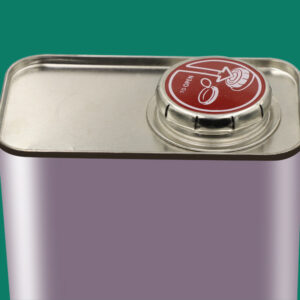Understanding Display Screen Assembly Adhesive: An Essential Guide
Understanding Display Screen Assembly Adhesive: An Essential Guide
In the ever-evolving world of electronic devices, the integrity and functionality of the display screen are paramount. The display is often the primary interface between users and technology, whether a smartphone, tablet, or laptop. A critical component in maintaining the durability and performance of these displays is the display screen assembly adhesive. This article will explore the various aspects of display screen assembly adhesive, including its types, applications, advantages, and tips for proper usage. By the end, you will gain a comprehensive understanding of why this adhesive is indispensable in electronics.
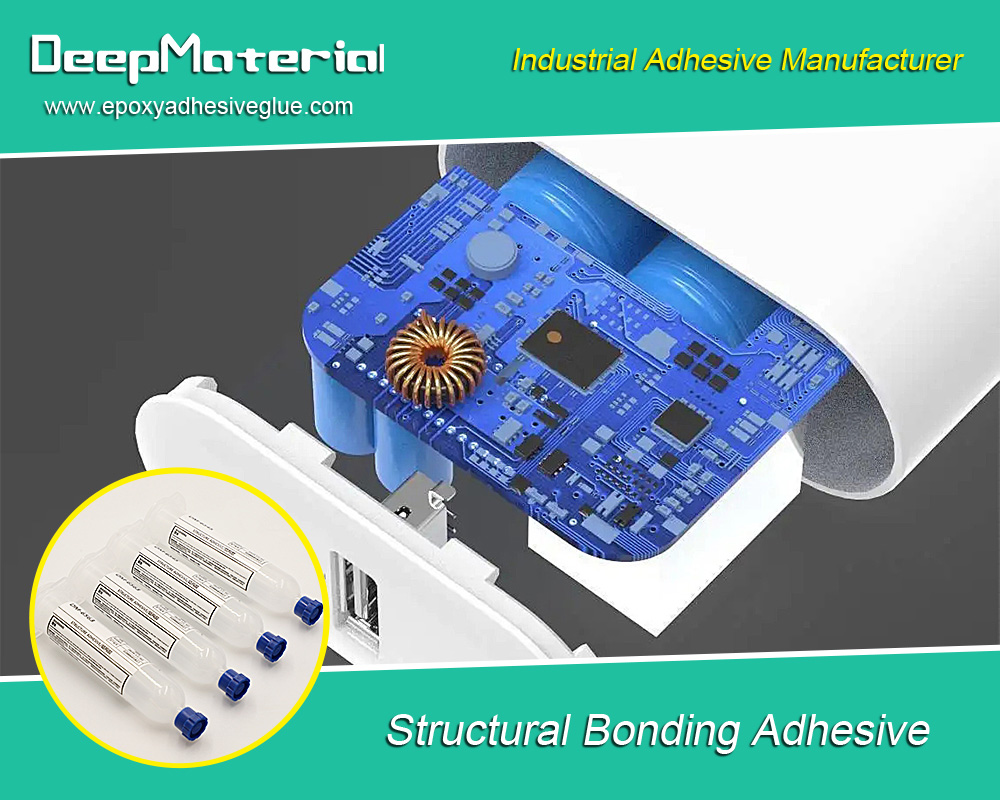
What is Display Screen Assembly Adhesive?
Display screen assembly adhesive refers to the specialized bonding materials used to secure the various layers of a display screen together. These layers typically include the glass, touch sensors, LCD or OLED panels, and protective coatings. The adhesive ensures these components are firmly attached and the display remains intact during regular use.
Types of Display Screen Assembly Adhesive
There are several types of adhesives used in display screen assembly, each with its unique properties and applications:
- Acrylic Adhesives: Known for their strong bonding capabilities and clarity, acrylic adhesives are widely used in display applications. They offer excellent UV resistance and can be formulated to be flexible or rigid.
- Silicone Adhesives:Silicone adhesives are known for their elasticity and resistance to temperature fluctuations. They are often used in situations where some movement between components is expected.
- Epoxy Adhesivesare two-part adhesives that, when mixed, create a robust and durable bond. They are ideal for applications requiring high strength and resistance to chemicals. Polyurethane adhesives provide a strong bond and excellent moisture resistance, making them suitable for outdoor devices and environments with high humidity.
Applications of Display Screen Assembly Adhesive
Display screen assembly adhesives are used in various applications, including:
- Smartphones:With the increasing prevalence of touch screens, adhesives are crucial for maintaining the integrity of smartphone displays.
- Tablets:Similar to smartphones, tablets rely heavily on effective adhesive solutions for display assembly.
- Laptops:The display screens of laptops require robust adhesives to handle the rigors of daily use.
- Televisions:Large display screens in televisions use specialized adhesives to bond glass and panel layers effectively.
- Wearable Devices:Smartwatches and fitness trackers rely on adhesives for compact and efficient displays.
Advantages of Using Display Screen Assembly Adhesive
The use of display screen assembly adhesives offers numerous advantages:
- Enhanced Durability:Properly applied adhesive increases the lifespan of display screens by preventing delamination.
- Improved Performance:Adhesives can help reduce the weight of display assemblies, which is critical for portable devices.
- Resistance to Environmental Factors:Many adhesives offer protection against moisture, heat, and UV light, extending the display’s life.
- Cost-Effectiveness: Using a suitable adhesive can lower repair costs by reducing the likelihood of damage and the need for replacements.
Choosing the Right Display Screen Assembly Adhesive
Selecting the appropriate adhesive for display screen assembly can be a daunting task. Here are some tips to consider:
- Assess the Environment:Consider where the device will be used. Will it be exposed to moisture, high temperatures, or harsh chemicals?
- Consider the Display Type: Different displays (LCD, OLED, etc.) may require specific adhesive formulations.
- Evaluate Manufacturer Recommendations:Always refer to the manufacturer’s adhesive types and application methods specifications.
- Test for Compatibility: Conduct tests to ensure that the adhesive bonds well with all materials involved in the assembly.
Application Techniques for Display Screen Assembly Adhesive
Applying display screen assembly adhesive requires precision and care. Here are some standard techniques:
- Surface Preparation:Clean the surfaces thoroughly to remove dust, oil, or any contaminants that could interfere with bonding.
- Applying the Adhesive:Use a syringe or applicator to apply a uniform adhesive layer. Avoid excessive amounts that could squeeze out and affect the display.
- Curing:Follow the manufacturer’s recommendations for curing times. Ensure that the adhesive is allowed to set properly before handling the assembly.
- Quality Control:Inspect the assembled display for any air bubbles, misalignment, or incomplete adhesion.
Troubleshooting Common Issues with Display Screen Assembly Adhesive
Even with careful application, issues may arise. Here are some common problems and their solutions:
- Air Bubbles:Air bubbles can affect display clarity. Gently re-pressurizing the assembly may help eliminate them.
- Inadequate Bonding:If the adhesive fails to bond correctly, check for surface cleanliness and reapply if necessary.
- Excess Adhesive:Clean any excess adhesive using appropriate solvents, but do not damage the display.
- Curing Issues:If the adhesive does not cure properly, it may be due to incorrect temperature or humidity levels during the curing process.
Best Practices for Applying Display Screen Assembly Adhesive
Applying display screen assembly adhesive effectively is crucial for ensuring optimal performance and durability of electronic devices. Here are some best practices to follow:
Surface Preparation:
- Clean surfaces thoroughly using isopropyl alcohol to remove dust and oils.
- Ensure all components are dry before applying adhesive.
Correct Application:
- Use a precision applicator to apply a thin, even layer of adhesive.
- Avoid over-applying, which can lead to excess adhesive oozing out.
Controlled Environment:
- Work in a clean, dust-free environment to prevent contaminants from affecting adhesion.
- Maintain appropriate temperature and humidity levels during application and curing.
Curing Process:
- Allow the adhesive to cure fully according to the manufacturer’s instructions.
- Avoid handling the assembly until the adhesive has reached its full strength.
Quality Checks:
- Inspect the assembly for air bubbles or misalignments before finalizing the bonding.
- Conduct a stress test to ensure the display maintains its integrity under pressure.
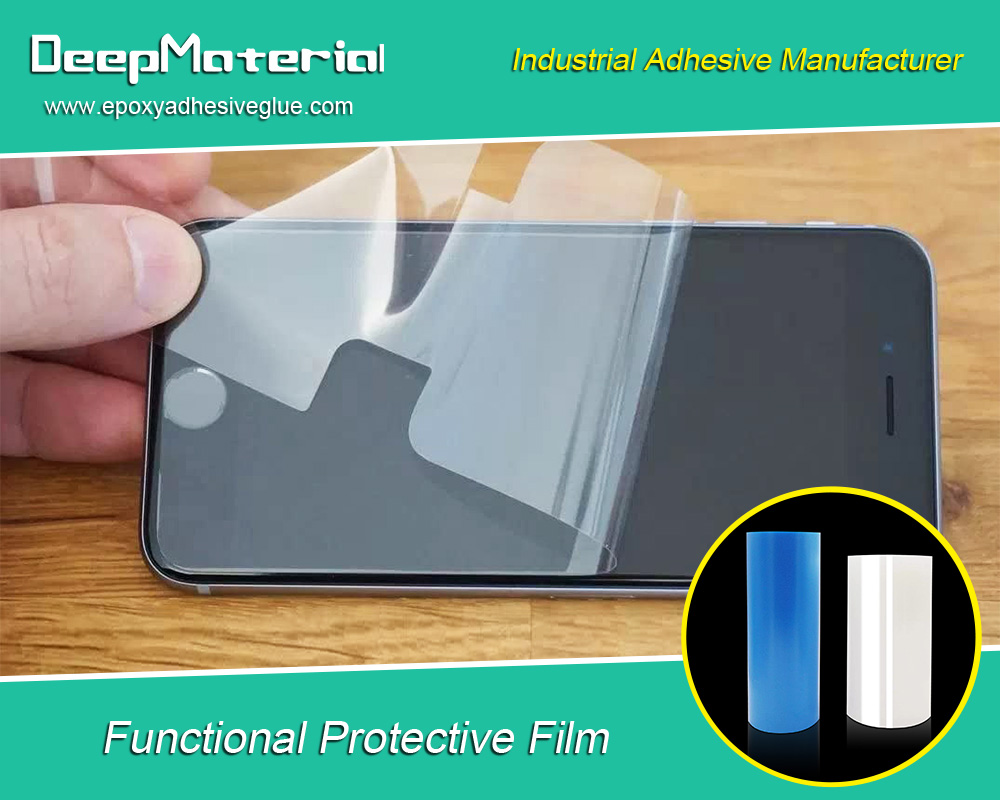
Conclusion
Display screen assembly adhesive is a vital component in the manufacturing and repairing of electronic devices. Its ability to bond different materials while providing durability and protection makes it indispensable in today’s tech landscape. By understanding the types, properties, applications, and proper techniques associated with display screen assembly adhesive, manufacturers and consumers alike can ensure the longevity and performance of their devices. As technology advances, so will the formulations and applications of these adhesives, further enhancing the user experience. Whether you’re a manufacturer, technician, or an avid tech enthusiast, a solid grasp of display screen assembly adhesive will help you navigate the complexities of modern electronics.
For more about understanding display screen assembly adhesive: an essential guide, you can pay a visit to DeepMaterial at https://www.epoxyadhesiveglue.com/category/epoxy-adhesives-glue/ for more info.


